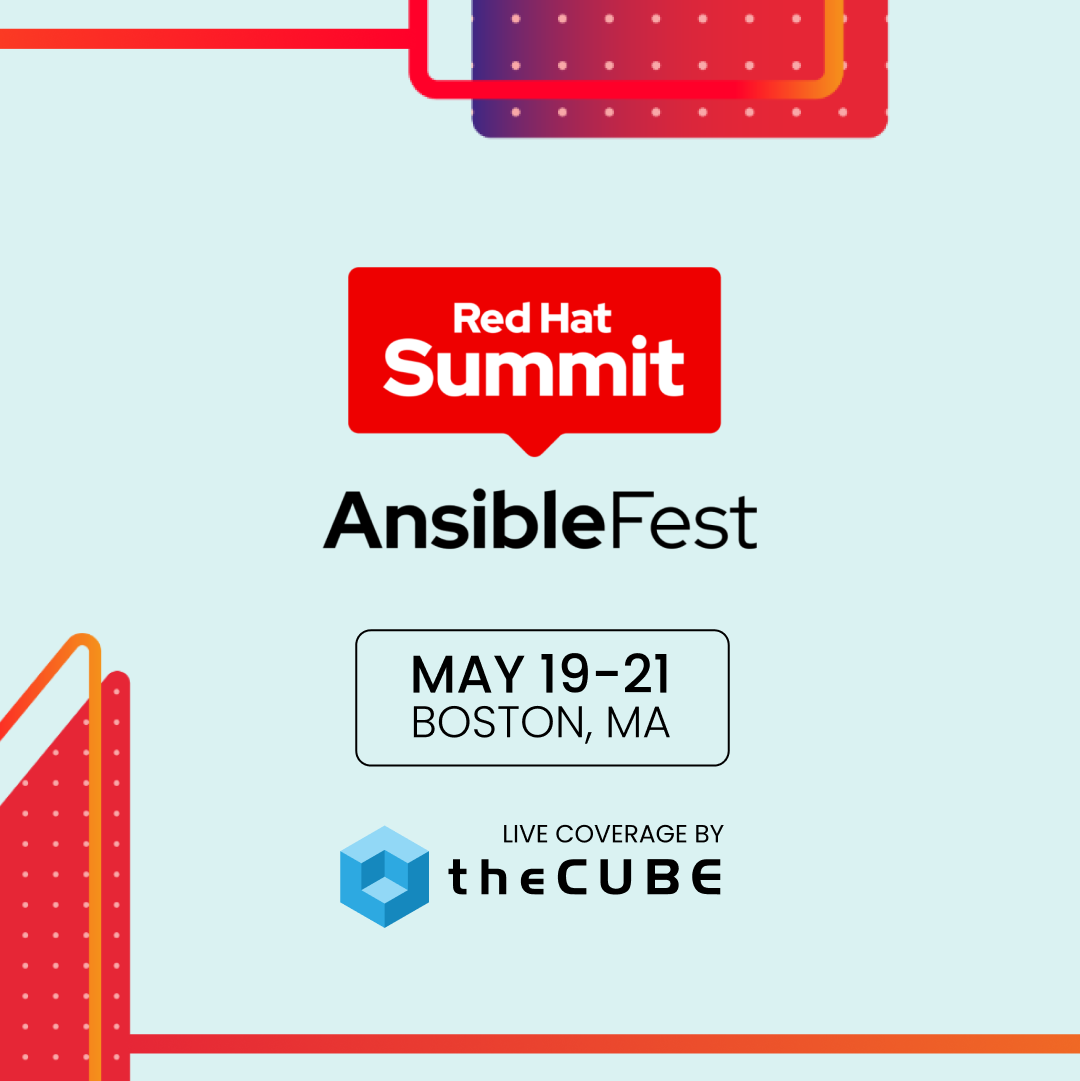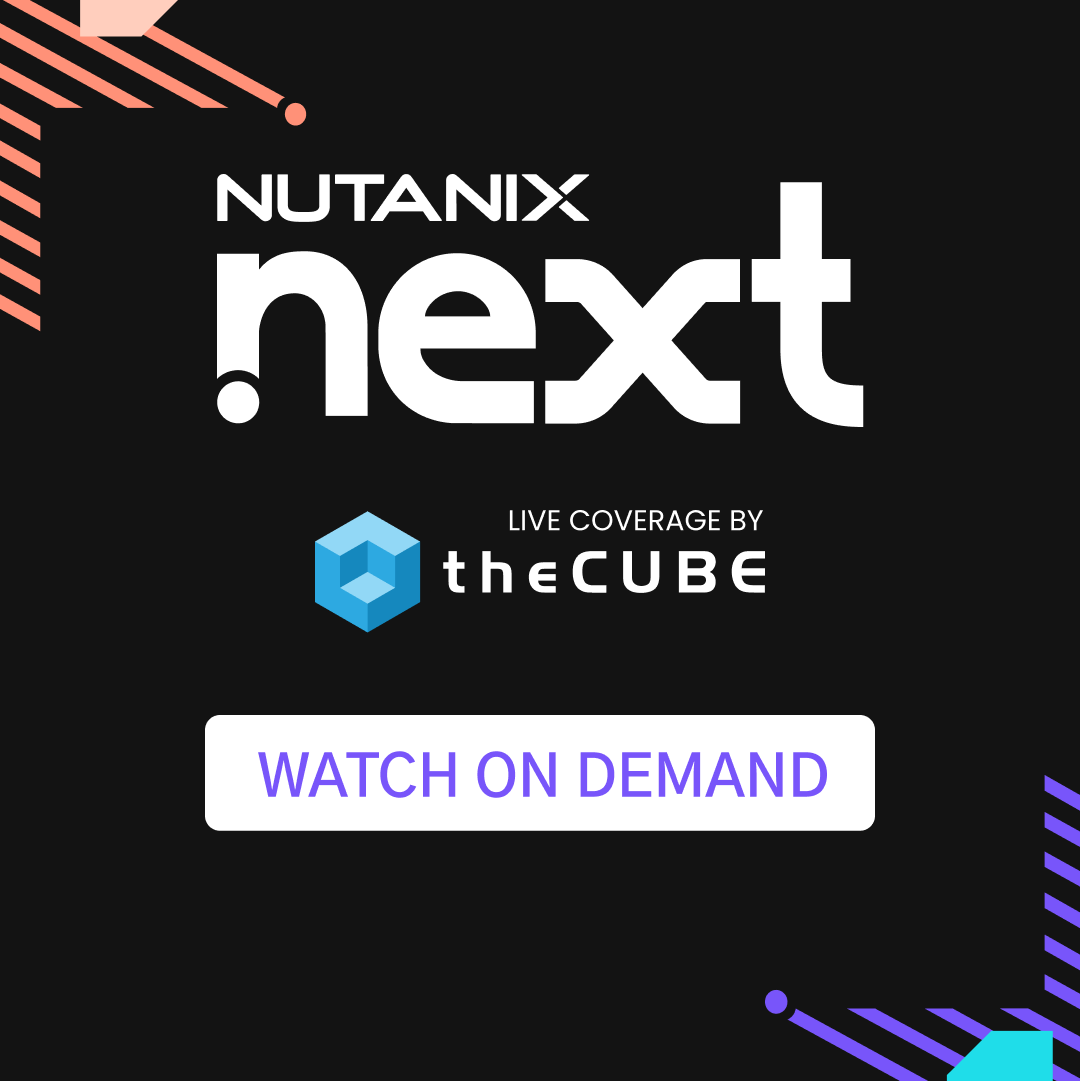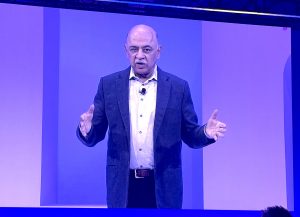Apple’s Map Sucks Less & Get Lost in 6 Seconds – SiliconANGLE News Roundup
They Should Just Use Google…
Apple has acquired the small Canadian startup, Locationary in a deal that included the purchase of both Locationary’s team and their technology.
Apple spokesman Steve Dowling confirmed the deal in a statement he issued, stating, “Apple buys smaller technology companies from time to time, and we generally do not discuss our purpose or plans.” In this case, Apple’s plans are fairly obvious. The buyout was aimed at increasing the quality of their highly-criticized mapping service, which caused a great deal of consumer backlash when it was released last year.
Locationary should help fill in some of the gaps where Apple has been struggling. The Canadian startup acts as a type of Wikipedia for local business listings. It uses a combination of crowdsourced data, and information from a federated data exchange platform to assemble a massive database of information on businesses worldwide.
The acquisition should help ensure that outdated information on Apple Maps is a thing of the past.
Apple TV Struggles Too
In more Apple news, Apple TV may be getting a new upgrade thanks to a partnership with Time Warner Cable.
For $99, Apple TV already provides customers with services like Netflix, Youtube, and Vimeo, but the deal with Time Warner will add the cable company’s app to Apple TV’s feature list.
Though this isn’t a huge update to Apple’s service, the addition of the Time Warner app will at least save viewers the hassle of having to switch between their Apple device and cable box. Unfortunately, customers will still need to subscribe to Time Warner Cable, and a new installations of the service will still require a technician to install it.
The service offers a handful of live channels as well as a library of TV apps and on-demand shows, but Apple TV is still a far cry away from what its designers had hoped it would become. So far, the goal of a true internet TV provider has been an uphill battle.
Companies like Time Warner have been offering perks to content providers in order to keep content off the web. As this latest deal shows, the television industry is proving quite hard to disrupt.
Yelp Shifts Focus from Patron to Restaurant
![]() Yelp has just announced that it’s acquiring the popular OpenTable competitor SeatMe, for a total of $12.7 Million.
Yelp has just announced that it’s acquiring the popular OpenTable competitor SeatMe, for a total of $12.7 Million.
SeatMe’s web service lets restaurant owners integrate an online reservation system onto their own site or Facebook page. The app, lets the restaurant’s host directly manage table reservations and fits in nicely with Yelp’s business model. SeatMe also comes with a few other features, like an alert system that will text customers when their table is ready, or a flagging system that can alert waiters of a returning customer’s known allergies or seating preferences.
Yelp has close ties with OpenTable, but there’s no indication that they intend to sever that relationship now that they own the competition. The overlap in functionality, however, suggests that the companies are very likely to part ways in the future.
A Leap of Faith in Motion
Leap Motion, the team developing advanced motion sensing technology for consumers, has found some impressive launch partners that will certainly be making the news with their contributions.
Leap Motion’s soon-to-be-released virtual controller will allow users to interact with their computers by moving gestures, and according to yesterday’s announcement, The New York Times will likely become the first news outlet to work on the technology.
In the case of The Times’ app, users will be able to browse articles by moving their hands left and right, as if they were turning the pages of a book. Headlines, images and summaries will be presented as individual cards, and a user can select a story by simply tapping on it.
The app is set to be available on Leap Motion’s Airspace Store on Monday, just in time for the launch of the controller.
Olds Town Seeking New Tech
![]() Thanks to a project by municipal non-profits, all 8,500 city dwellers from Olds, Alberta will have access to ultra-fast internet for as little as $57/month.
Thanks to a project by municipal non-profits, all 8,500 city dwellers from Olds, Alberta will have access to ultra-fast internet for as little as $57/month.
Board members for the community-owned internet service provider “O-Net” agreed to a proposal that would give residents access to a full giga-bit per second of bandwidth at the same price they had previously been paying for a service that’s ten times slower. Nathan Kusiek, director of marketing for O-Net, spoke about the decision, saying, “Because we’re a community-owned project we get to balance out profitability versus what’s best for the community.”
Google Fiber, who has been popular in the news recently, offers the same speeds, but at a rate of $70/month.
Currently, about 60% of homes and businesses in Olds use the town’s fiber network, but the city fully expects to reach a one-hundred percent usage rate by the end of the year as they continue to extend coverage.
It’s like the old adage says: “If you want it done right, you have to do it yourselves.”
Ads Making Money For The People They Advertise To?
A new smartphone locking app called Locket has just launched into the Google Play Store, offering users a unique new way to lock their phones, while providing them with a new source of income.
Locket cuts out the middleman in advertising by placing ads on your lock screen, and then paying you one cent for each time you unlock.
Currently, the system is limited to a selection of advertisers, and payouts are capped at three cents per hour, but frequent users are already allowed to cash out in a number of different ways, such as tossing the funds onto a gift card, donating their earnings to charity, or simply getting the cash sent to a PayPal account.
Though one cent per ad may not seem like much, the number of unlocks can certainly add up. A user who checks their phone three times each hour every hour for a year can earn about two-hundred-and-sixty dollars.
That’s a lot of money for literally no work. Take THAT, economy!
Teau 4 the Price of Juan?
![]() Starting yesterday and extending for two months until September 28th, customers who purchase a year-long Office 365 Home Premium subscription or a 4-year Office 365 University subscription will get a full year of Xbox Live Gold at no extra cost.
Starting yesterday and extending for two months until September 28th, customers who purchase a year-long Office 365 Home Premium subscription or a 4-year Office 365 University subscription will get a full year of Xbox Live Gold at no extra cost.
Microsoft introduced its Office 365 subscription earlier this year, and just like the local software versions which came before it, an account provides access to the apps we all know and use, like Word, Excel, and PowerPoint.
The service passed one million subscribers in May, with Microsoft noting that the Office 2013 software is the “best-selling” edition yet, so users who jump into the deal now are in good company, even without the buy one-get one free offer.
More Like NO-Flix!
Netflix decided yesterday to push ahead with efforts that will do away with Microsoft’s Silverlight plugin, and instead play videos directly in the browser.
Much of the efforts are dependent on the company’s ability to bring copy-protection into the somewhat-recently standardized HTML5 markup language. Such a move would allow Netflix to stream its entire catalog without upsetting rights holders afraid of losing their content to piracy.
In order to do this, Netflix has been working with Microsoft and Google to pressure the World Wide Web Consortium into adding DRM tools as a standard. That’s where things have gotten complicated.
Free software advocates don’t like the idea of content protection being forced as an industry standard. The Free Software Foundation made a statement on their blog addressing the issue, suggesting that placing such standards would lead to an explosion of DRM on the web. They’re now calling for a boycott of Netflix, saying, “Netflix’s lobbying in the W3C is paid for by subscription fees, so we’re asking you to help pull that money out from under them by boycotting their services.”
Though it’s not likely people will give up their Netflix subscriptions to make a statement about DRM, issues such as these have been known to cause major responses from the tech community.
Get Lost!
![]() Did you happen to miss ABC’s TV show Lost the first time it aired?
Did you happen to miss ABC’s TV show Lost the first time it aired?
Been meaning to get caught up, but always running short on time?
Now, thanks to Vine user “Papa C Los,” if you can spare at least six seconds, you can watch the condensed version of the whole series all in one sitting.
The video compiles screenshots taken from each of the one-hundred-and-twenty-one episodes of Lost, placed end to end, giving viewers a version of the show that’s over 72,000x shorter than the original.
And that’s all the news for this week. If you want to keep up with us, you can watch the best in tech news every weekday morning on NewsDesk with Kristin Feledy.
photo credit: GuySie via photopin cc
photo credit: ewen and donabel via photopin cc
photo credit: Lone Primate via photopin cc
photo credit: niallkennedy via photopin cc
photo credit: wcm1111 via photopin cc
A message from John Furrier, co-founder of SiliconANGLE:
Your vote of support is important to us and it helps us keep the content FREE.
One click below supports our mission to provide free, deep, and relevant content.
Join our community on YouTube
Join the community that includes more than 15,000 #CubeAlumni experts, including Amazon.com CEO Andy Jassy, Dell Technologies founder and CEO Michael Dell, Intel CEO Pat Gelsinger, and many more luminaries and experts.
THANK YOU





















